What fire systems tests do I need for cooking equipment in my NYC Restaurant? Master Fire Prevention
Ensuring your NYC restaurant's fire safety systems are up to code and fully operational is critical. Here's a comprehensive guide to the essential tests and inspections for your cooking equipment:

Fire Suppression System Tests
Semi-Annual Inspection and Testing:
Visual inspection of the system.
Check nozzle placement.
Verify manual pull station functionality.
Ensure gas or electric shut-off operates correctly.
Test system discharge.
Flow Tests:
Ensure proper pressure and agent distribution.
Hood and Duct Cleaning and Inspection
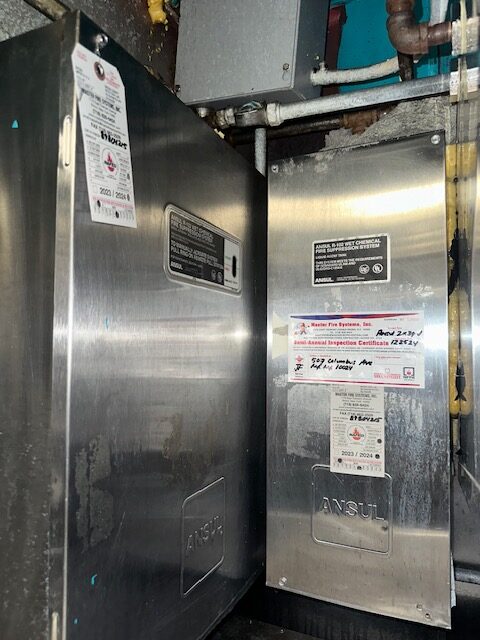
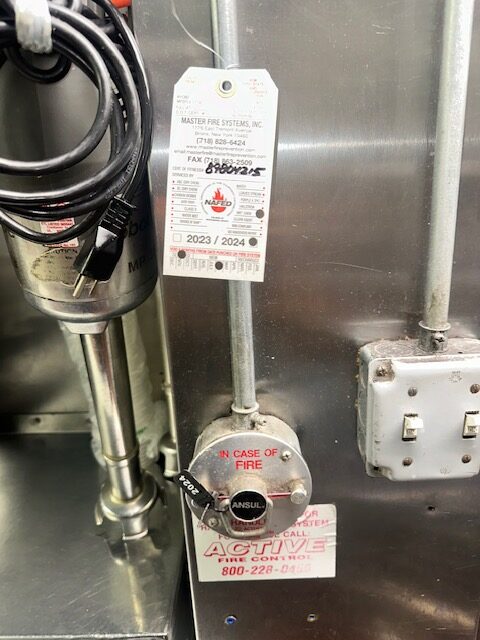
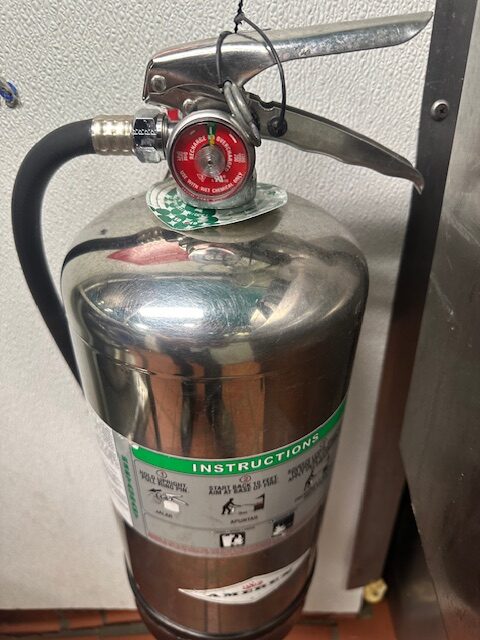
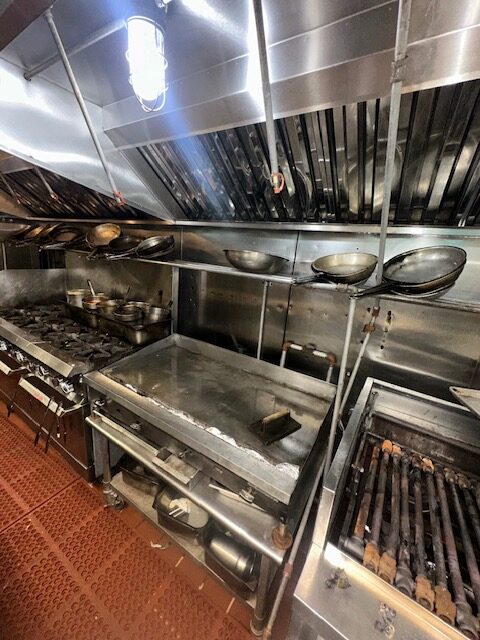
Monthly:
Clean filters and check for grease build-up.
Quarterly (for high-volume operations):
Professional cleaning and inspection.
Semi-Annual to Annual (for moderate to low-volume operations):
Thorough professional cleaning and inspection.
Portable Fire Extinguishers
Monthly Inspection:
Check placement and accessibility.
Verify pressure gauge readings.
Inspect for physical damage.
Annual Maintenance:
Detailed examination and recharging if necessary.
5-Year Hydrostatic Test:
Test pressurized extinguishers (water, CO2, and wet chemical types).
6-Year Maintenance:
Conduct internal examination.
Automatic Fire Alarm System
Monthly:
Test manual pull stations and alarm bells/strobes.
Annual:
Full system test including detectors, pull stations, and alarms.
Kitchen Hood Fire Suppression System
Semi-Annual Inspection:
Check for grease build-up.
Test mechanical operation and discharge.
Class K Fire Extinguishers:
Ensure proper placement and pressure.
Monthly checks and annual maintenance.
Sprinkler System
Monthly:
Inspect control valves and pressure gauges.
Quarterly:
Inspect sprinkler heads and piping.
Annual:
Full system test, including flow tests.
5-Year Internal Inspection:
Check piping for obstructions and corrosion.
5-Year Standpipe Flow Test:
Ensure proper operation and water flow.
Emergency Lighting and Exit Signs
Monthly:
Test all emergency lights and exit signs.
Annual:
Conduct a 90-minute functionality test.
Electrical Systems and Equipment
Annual Inspection:
Inspect and test all electrical systems and wiring.
Documentation and Record Keeping
Maintain detailed records of inspections, tests, and maintenance.
Ensure records are up-to-date for fire department inspections.
By following this comprehensive checklist, you’ll ensure your restaurant’s fire safety systems are in top condition, providing a safe environment for your staff and patrons.
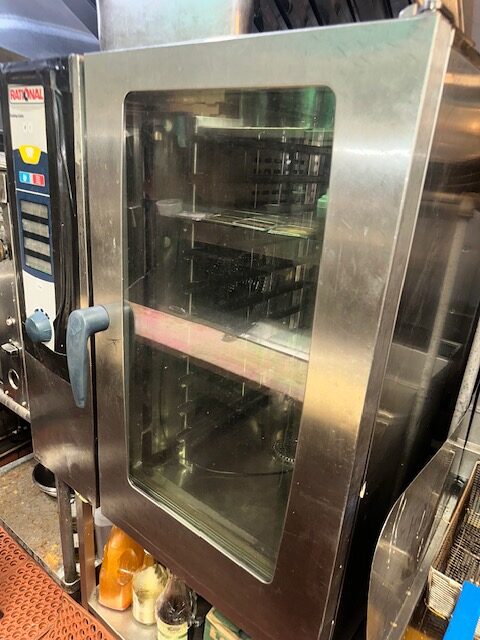
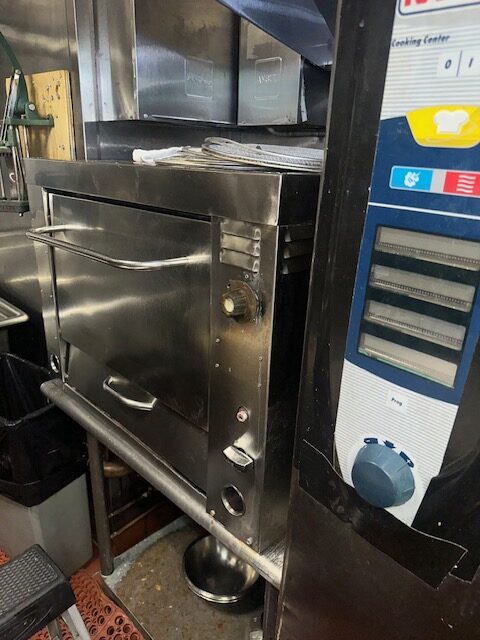
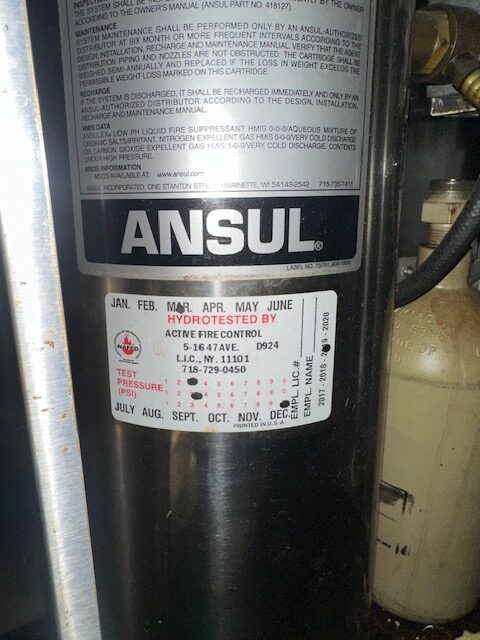
To see all the fire protection services action, visit our RECENT JOBS BLOG as well as our YOUTUBE CHANNEL for lots of helpful and informative videos. You can also follow us on Instagram at https://www.instagram.com/masterfireprevention/.
Remember, when it comes to safety and compliance, especially with respect to solid fuel cooking, and having pollution control units such as a SMOG HOG electrostatic precipitator operating at peak performance, Master Fire Prevention has the experience and the resources to get your commercial cooking operation up and running safely and compliantly.